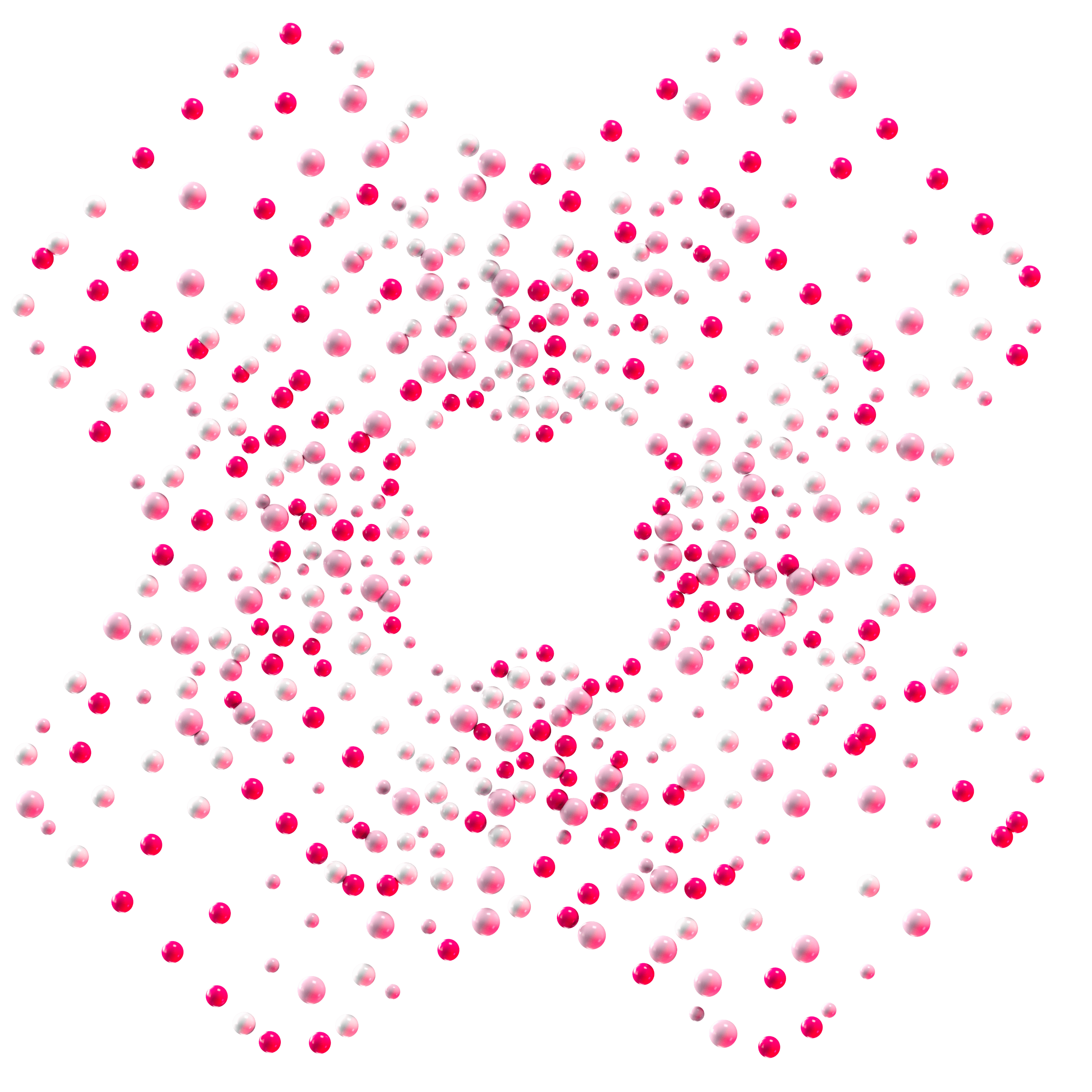

Introducing the FAssets Incentive Program: Building institutional-grade DeFi for XRP and beyond
Flare is launching the FAssets Incentive Program, a strategic initiative designed to drive the adoption of FAssets and accelerate the growth of a modular, institutional-grade DeFi ecosystem on Flare. The program allocates 2,200,661,869 FLR to participants actively contributing to this vision, from July 2025 through July 2026.
This marks the next phase in a long-term strategy that began with FIP.09, which laid the foundational infrastructure for FAssets by incentivizing liquidity, introducing a native stablecoin (USDT0), and initiating a flywheel that now powers FAssets adoption and DeFi expansion across the network.
From foundation to flywheel
At launch, the Flare Foundation reserved 20% of the total FLR supply (20 billion FLR) for cross-chain incentives to support the adoption of decentralized assets like FXRP, FBTC, and FDOGE. Rather than rushing to deploy these funds, Flare took a measured approach, waiting for the right moment to achieve maximum leverage: the launch of FAssets.

The chart above illustrates a key point: we have not distributed anywhere near as much FLR as the original tokenomics contemplated for cross-chain incentives. Currently, the cross-chain incentives pool holds approximately 19.4 billion FLR. This reflects a deliberate, strategic, and cautious approach that ensures our ability to sustainably grow the Flare ecosystem by emitting fewer tokens than initially planned.
The approval of FIP.09 in mid-2024 marked the beginning of this strategy. It allocated 510 million FLR, distributed as rFLR, to bootstrap essential DeFi infrastructure including DEX liquidity, stablecoin routes, and lending collateral. These core components helped ignite the DeFi flywheel that now sustains and scales FAsset adoption.
Since then, Flare has experienced nearly 14 times growth in Total Value Locked (TVL), increasing from $9.95 million to $150 million today, a clear sign of growing demand for yield and composable assets in the ecosystem.

Focus areas: A modular DeFi stack
The FAssets Incentive Program focuses on strengthening four core verticals:
- DEX: Liquidity incentives for key token pairs that deepen markets for USDT0, FXRP, and other FAssets.
- Lending: Support for protocols enabling borrowing and lending of Flare-native and cross-chain assets.
- CDP (Collateral Debt Position): Future support for overcollateralized stablecoin and credit systems that leverage FAssets.
- Yield Derivatives: Emerging protocols enabling yield trading, fixed income, and risk management strategies.
Rewards will be allocated dynamically across these categories to maximize impact on FAsset usage, TVL growth, and liquidity health.
With foundational liquidity now in place, Flare is incubating the next generation of DeFi primitives. These protocol categories are designed to support more sophisticated strategies and enable institutions to compose complex, capital-efficient positions directly on Flare. To accelerate this effort, Flare’s DeFi team is actively recruiting top-tier builders and leveraging the incentive program to attract and support the most impactful projects.
Distribution model & committee oversight
The 2,200,661,869 FLR allocated for the FAssets Incentive Program will be distributed via the rNAT contract, using rFLR tokens to maintain compatibility with current existing infrastructure. The committee and all existing reward-tracking infrastructure will remain the same.
The ~2.2 billion FLR allocated is the maximum available for the incentive program, with the actual distributed amount being flexible and dependent on participation. Incentives will be directed toward protocols, assets, and pools with the greatest impact on TVL growth, liquidity depth, and FAssets adoption. This ensures that incentives go where they will have the greatest impact on ecosystem growth. If full allocation is not used, any unused FLR remaining will be available for future community initiatives.
The new structure allows for faster, more flexible decision-making tailored to real-time conditions across the ecosystem. Below we have outlined what we estimate the emissions spent on a monthly basis and per category to be.

As with our previous rFLR incentive programs, FAssets incentives will follow the same distribution dates consisting of 30 day epochs for claims. It will also follow the same vesting schedule. Please note that after the end of an epoch, each dApp needs to distribute the incentives, which can take up to 48 hours.
.png&w=3840&q=75)
A measurable future for FLR Holders
Although the FAssets Incentive Program is focused on catalyzing DeFi, it is part of a broader strategy to reward active participation across the Flare ecosystem.
Following the success of FlareDrops (FIP.01), Flare is working to develop simplified and transparent yield mechanisms for FLR holders—especially those who wrap into wFLR and support network activity.
A key priority is ensuring WFLR is properly recognized in on-chain TVL metrics across analytics platforms. This will allow FLR holders to see and measure their impact, improve visibility of ecosystem participation, and support deeper insights into Flare’s economic activity.
Looking ahead: A DeFi ecosystem ready for scale
The launch of the FAssets Incentive Program signals a major milestone: the shift from infrastructure-building to ecosystem activation.
With liquidity flowing, protocols launching, and new primitives on the horizon, the Flare ecosystem is ready for a new wave of builders, users, and institutions.
Now is the time to engage, build, and grow on Flare.